The free-form techni-coloured rock formations of Bryce Canyon make it virtually impossible to take a bad picture. Compared to the formality of Zion, Bryce Canyon is like geology gone psychedelic. It’s nature at its playful best. The kaleidoscope of colour is spell-binding, with the rock formations spanning hues of crimson, orange, yellow, pink, grey, chocolate and white.
After reading that National Geographic rates the park as home to one of the world’s most stunning geological spectacles, I ventured to Bryce with great expectations. But I was still slayed in disbelief by the unrestrained beauty of the place. It is poetry in stone. In this part of the world, you’ll come across a dizzying array of geological terms, including mesas, buttes, fins and hoodoos. The latter is Bryce Canyon’s biggest calling-card.
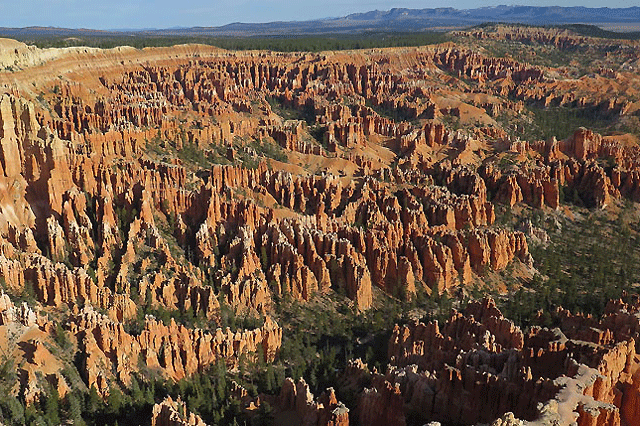
Hoodoos are bulbous spires of multi-coloured stone, left standing by the combined forces of weathering and erosion. Mudstone, sandstone and predominantly limestone. Thousands upon thousands of these delicate, eroding spires fan across the bowl-shaped canyon of Bryce, in vast galleries of bizarre and oddly-shaped statuary. If you’ve been to Turkey, they bare an uncanny resemblance to the fairy chimneys of Cappadocia, although the rock spires of Bryce are far more colourful.
These fanciful hoodoos, many shaped like totem poles, are also steeped in Paiute Indian folklore. They consider the spires and pinnacles as ancient “Legend People” who were turned to stone as punishment for bad deeds, by the all-powerful Coyote spirit. Gaze long enough at these hoodoos, that strut the landscape like sentinels, and your eyes will soon play tricks on you.
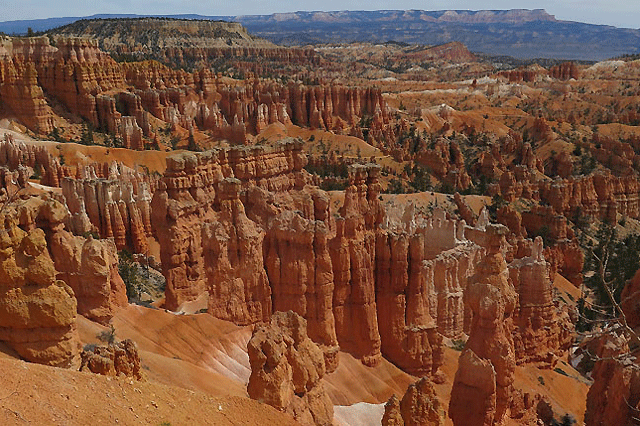
From a distance, the setting resembles the ruins of an ancient city, like Ephesus or Palmyra, after a pink and orange paint job. One of the smaller of Utah’s National Parks, Bryce Canyon is a breeze to navigate around, but given its insatiable popularity, dodging the crowd crush of the peak season will enhance your experience considerably.
I ventured into Bryce in mid-April, a late flick of snow on the higher alpine slopes ensured a freshly chilled start to the day. And you’ll want to start your day at the crack of dawn to relish the sunrise spectacle over Bryce Amphitheatre. Just past the park entrance, stand on the canyon rim trail at Sunrise Point as the first rays of day gild the pink cliffs and fantastical rock formations in golden light.
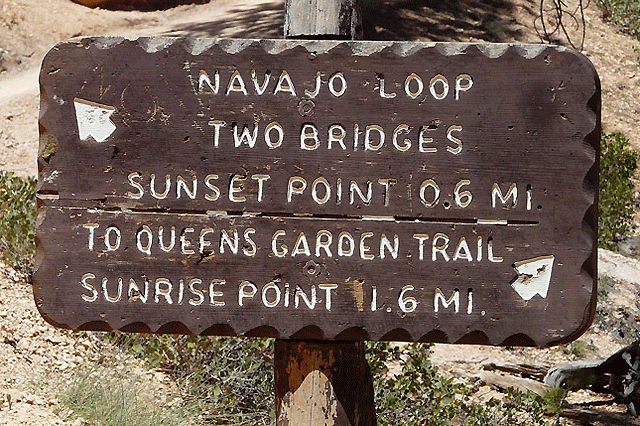
The amphitheatre pops with colour. Just one shaft of sunlight, piercing the clouds, can transform the scene from grand to awe-inspiring, in a heartbeat. Similarly, the shadows of the early morning vividly define the intricacy of the formations. Bryce Amphitheatre is the main chasm eroded into the eastern slope of the Paunsaugunt Plateau, an immense bowl of lace and filigree work in stone.
Strung above the amphitheatre’s cliff edge, the Rim Trail runs for 5 miles, with a multitude of panoramic vantage points serving up distinctive perspectives. Alongside Sunrise Point, my favourite overlooks would be Inspiration and Bryce Point.
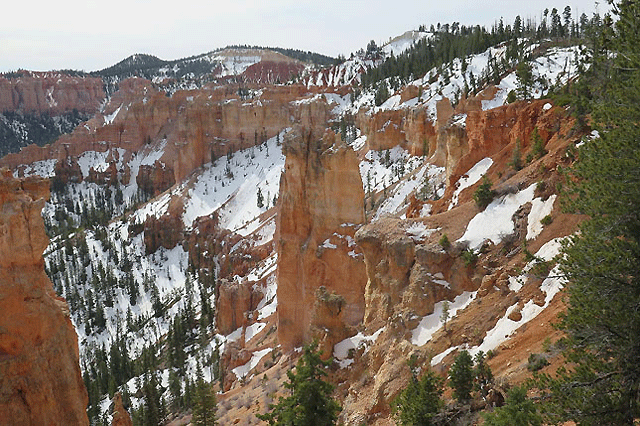
Find your own pocket of unpeopled quiet, to take it all in. In a bid to get a jump on the gathering crowds, I made a beeline further into the national park, via the 18 mile long scenic drive which leads you to the last outpost navigable by car, Rainbow Point. With an elevation of over 9000 feet, the highest terrain in the national park, you’ll soon notice your lungs working harder in the thinner air.
Rainbow Point not only treated me to the splendour of pink cliffs speckled in fresh, glistening snow, but from this vantage point, the view reaches out 200 miles over southern Utah and northern Arizona. From Rainbow Point, I took a hike on the effortless 1 mile-long Bristlecone Loop track, which is a very woodsy affair.
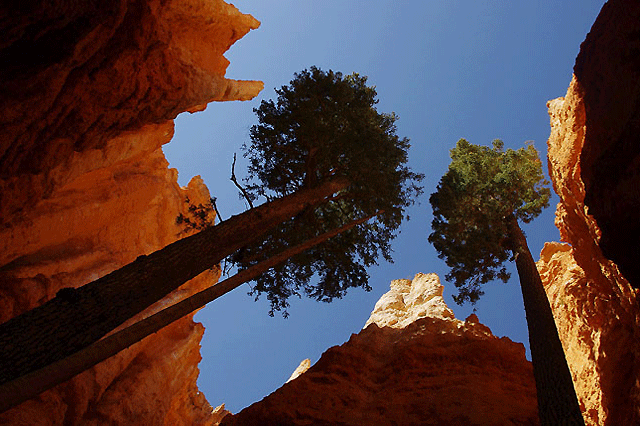
Across a carpet of soft powdery snow, this is a leisurely jaunt through forests of fir, spruce and the ancient guardians of the canyon, the 1600 year old bristlecone pines, gnarly and like driftwood, which are among the world’s oldest living trees. I seemingly had the track to myself and the solitude was priceless.
Working my way back towards the entrance, another essential stop is to marvel at Natural Bridge, conveniently located adjacent to the scenic drive. Natural Bridge is a stunning stone arch, sculpted from some of the reddest sedimentary rock (rich in iron oxide minerals) found in the canyon.

Peeking through the arch, the intense green of the Ponderosa pine forest in the canyon below forms a vivid contrast with the mineral-rich rock. Like the vast galleries of hoodoos, Natural Bridge was not only created by erosive forces and weathering, but will ultimately be destroyed by the same powerful forces, that will wear the rock away.
If you’re in need of a refresher, call into Bryce Canyon Lodge, a 1920s’ wooden lodge exuding rustic mountain elegance. Fully equipped with great dining options, or even if you need a pick-me-up drink, it’s a charmer. But if you want to stay here, you’ll need to book months in advance.
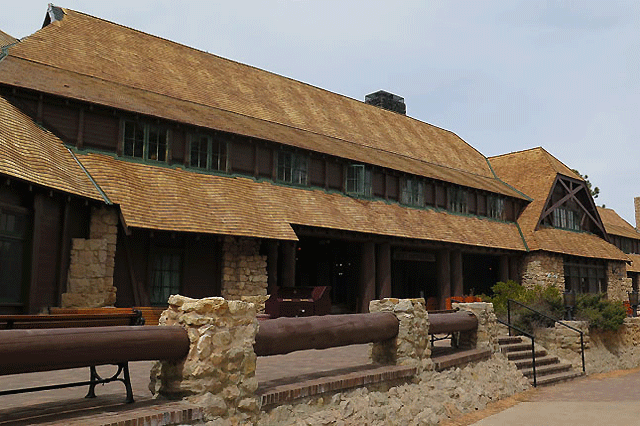
Back at Bryce Amphitheatre, I snapped away gratuitously at the magical canyon landscape in the shifting light of day, before taking the plunge deep into the canyon floor. If you have the lungs for just one decent hike, make a descent to the base of Bryce to walk among the hoodoos. The Fairyland Loop is a four hour slog through wonderland, with an elevation change of 1700 feet. Bear in mind for every step down, you’ll have to make the return step back up, so the Fairyland Loop does require a mountain-goat warrant of fitness.
If that sounds far too arduous, the Najavo Trail is a 90 minute hike, with a more bearable elevation change of 550 feet. But a close encounter with the vast ranks of hoodoos, standing on guard like an ancient army, is something to behold. In addition to the wizardry of the rock formations, you’ll walk through vanilla-scented groves of cedar trees and vast stands of soaring Ponderosas. It’s an intimate spectacle with nature at its uninhibited best in the heart of the American west. www.brycecanyoncountry.com
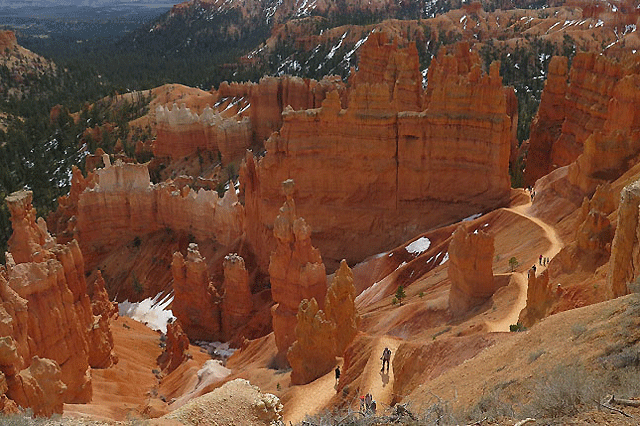
Due to the high elevation climate, a frigid morning can be deceptive as to what the day has instore. By 11am, I was stripping down to short sleeves as temperatures hit 20-24C. From October to May, temperatures fall below freezing every night. To avoid the worst congestion of the peak visitor season, April/May and October/November are the optimum touring months.
I stayed at Best Western Ruby’s Inn, the closest lodging to the national park. In fact the entry point is just two minutes away. It’s a fantastic base for exploring Bryce Canyon, a sprawling complex of motel-style accommodation in a cluster of lodges. The impressive onsite facilities are all-encompassing, from petrol, foreign exchange and laundry services to a superb general store and excellent dining options.
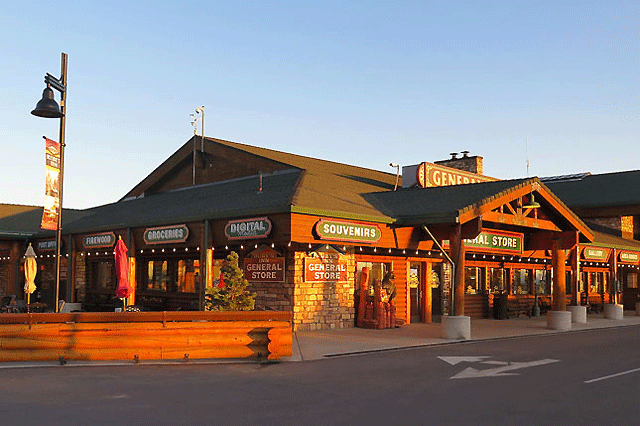
The main restaurant, Cowboy’s Buffet, offers family-style western dining featuring a superb buffet menu, tasty steaks, ribs, chicken and seafood. Ruby’s Inn is celebrating its centenary this year, beginning life as an accommodation tent on the canyon rim and now run by the grandchildren and great-children of its founder, Ruby Syrett, 100 years ago.
The main lodge, rebuilt in 1984 after a devastating fire, evokes the pioneering spirit of wilderness-style hospitality that has made Ruby’s Inn a local legend. www.rubysinn.com For more information on exploring Bryce, one of Utah’s Mighty 5 Parks, head to www.visitutah.com

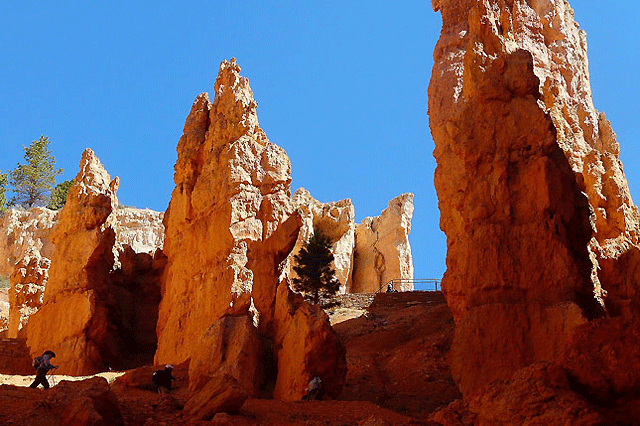
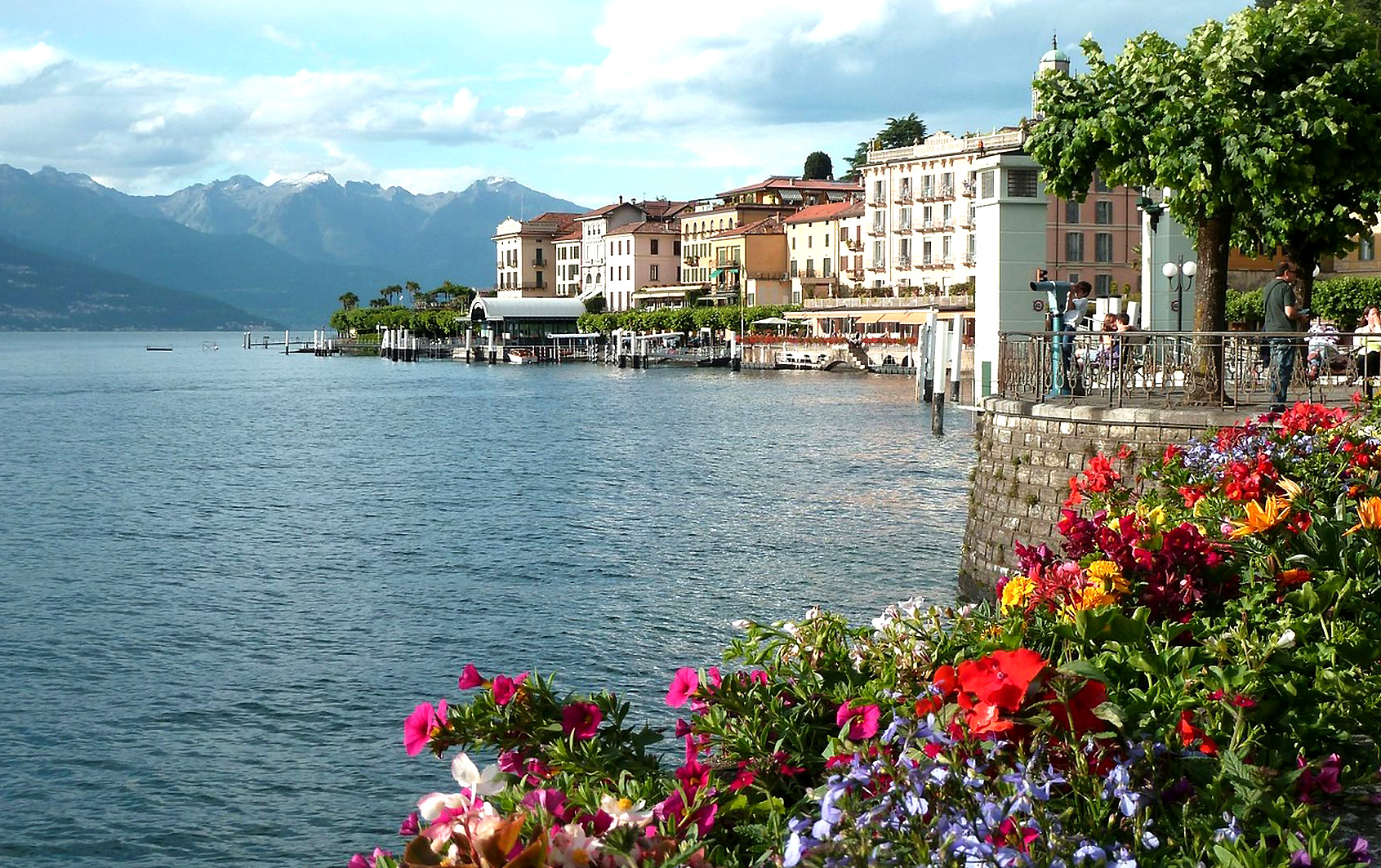
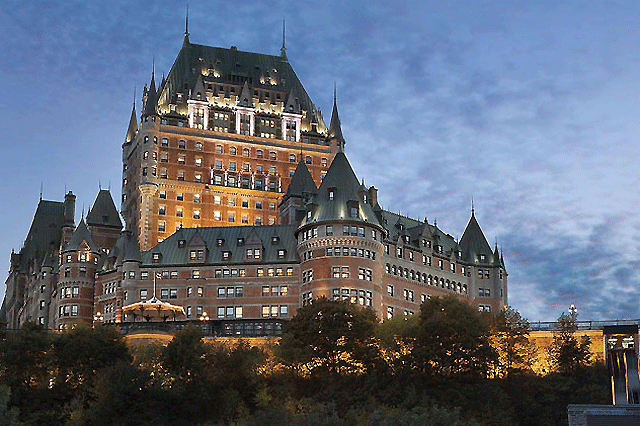
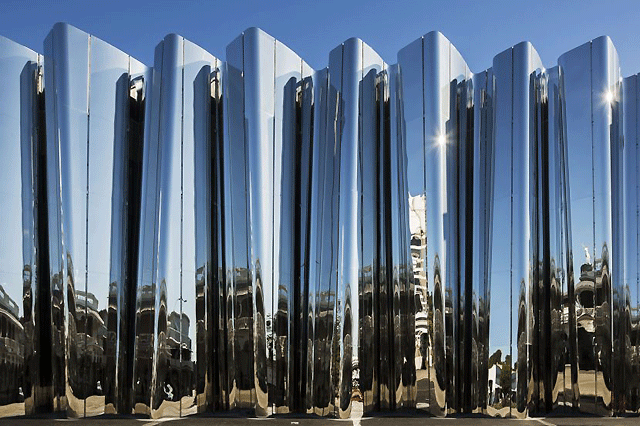


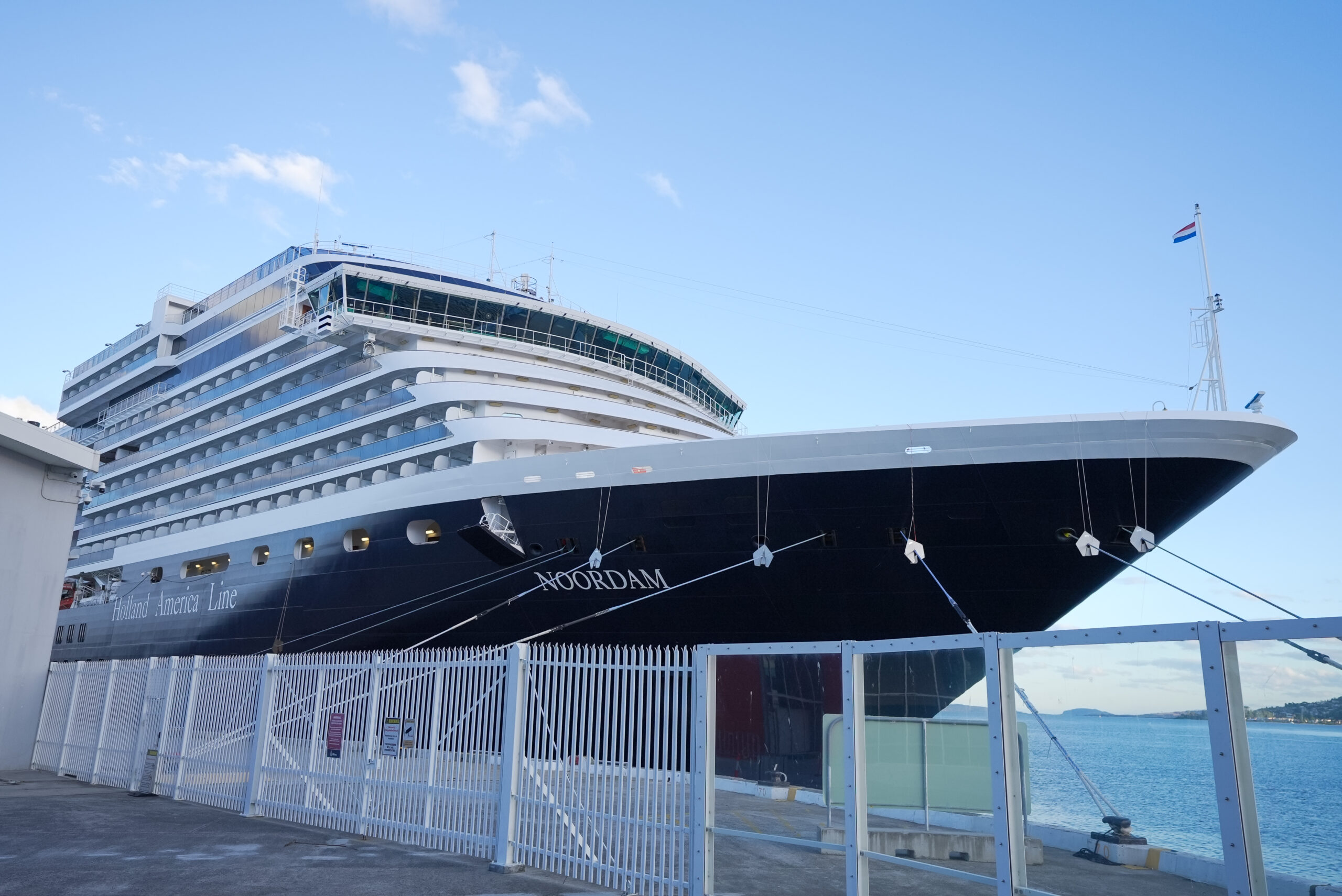
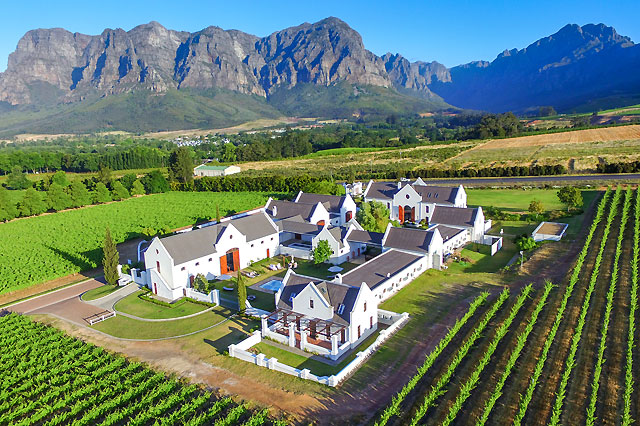
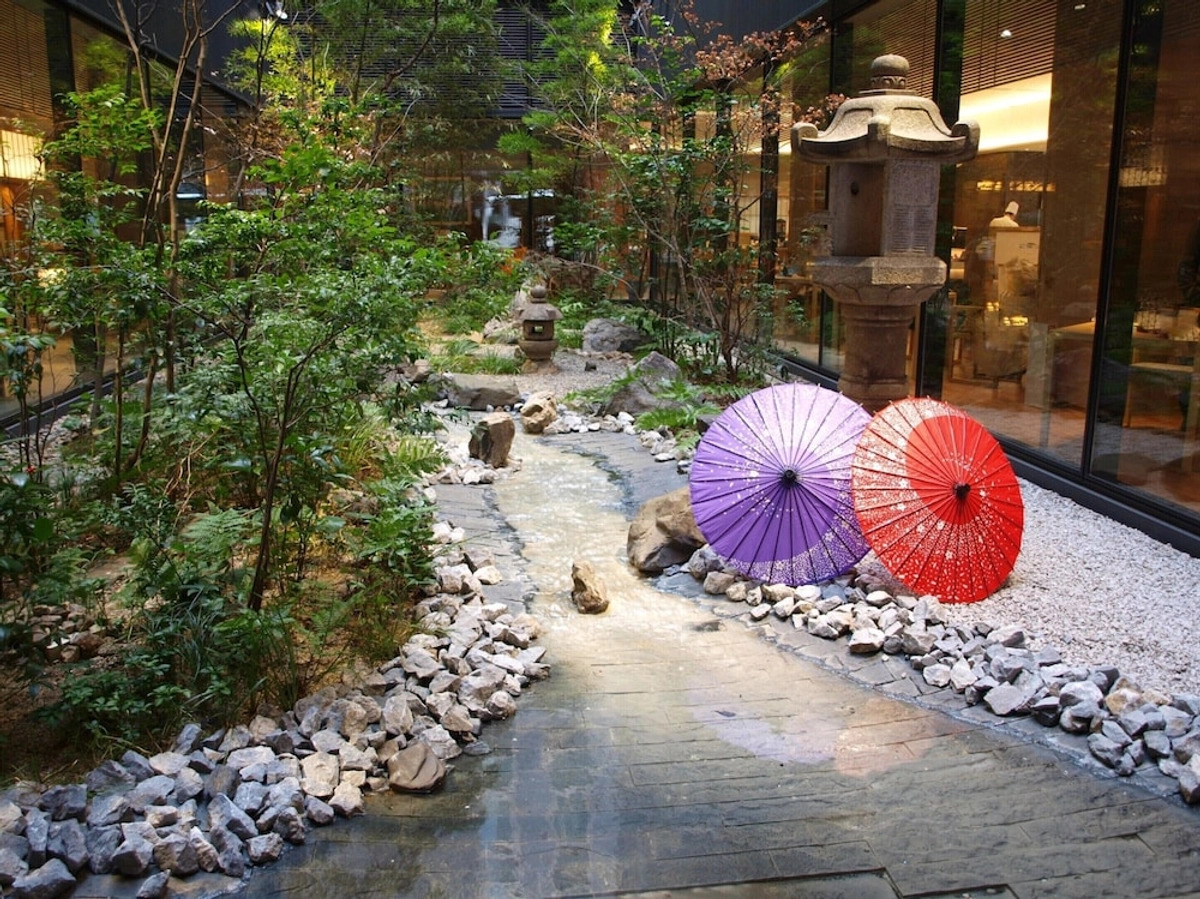


Recent Comments